44 physics classroom work energy and power worksheet answers
› class › circuitsPhysics Tutorial: Electric Potential Difference The loss of this electric potential energy in the external circuit results in a gain in light energy, thermal energy and other forms of non-electrical energy. With a clear understanding of electric potential difference, the role of an electrochemical cell or collection of cells (i.e., a battery) in a simple circuit can be correctly understood. › class › circlesNewton's Law of Universal Gravitation - Physics Classroom The solution of the problem involves substituting known values of G (6.673 x 10-11 N m 2 /kg 2), m 1 (5.98 x 10 24 kg), m 2 (70 kg) and d (6.39 x 10 6 m) into the universal gravitation equation and solving for F grav.
› class › energyPower - Physics Classroom Power is the rate at which work is done. It is the work/time ratio. Mathematically, it is computed using the following equation. Power = Work / time or P = W / t . The standard metric unit of power is the Watt. As is implied by the equation for power, a unit of power is equivalent to a unit of work divided by a unit of time.

Physics classroom work energy and power worksheet answers
› 1D-Kinematics-Answers1D Kinematics Review - with Answers - Physics Classroom Minds On Physics the App ("MOP the App") is a series of interactive questioning modules for the student that is serious about improving their conceptual understanding of physics. Each module of the series covers a different topic and is further broken down into sub-topics. › class › newtlawsDrawing Free-Body Diagrams - Physics Classroom The motion of objects is determined by the relative size and the direction of the forces that act upon it. Free-body diagrams showing these forces, their direction, and their relative magnitude are often used to depict such information. In this Lesson, The Physics Classroom discusses the details of constructing free-body diagrams. › class › circuitsPhysics Tutorial: Combination Circuits - Physics Classroom Work, Energy, and Power; Circular Motion and Gravitation; Static Electricity; Electric Circuits; Light and Color; Reflection and Mirrors; Refraction and Lenses; Multimedia Studios. 1-Dimensional Kinematics; Newton's Laws; Vectors and Projectiles; Momentum and Collisions; Work and Energy; Circular, Satellite, and Rotational Motion; Einstein's ...
Physics classroom work energy and power worksheet answers. › class › vectorsInclined Planes - Physics Classroom Objects on inclined planes will often accelerate along the plane. The analysis of such objects is reliant upon the resolution of the weight vector into components that are perpendicular and parallel to the plane. The Physics Classroom discusses the process, using numerous examples to illustrate the method of analysis. › class › circuitsPhysics Tutorial: Combination Circuits - Physics Classroom Work, Energy, and Power; Circular Motion and Gravitation; Static Electricity; Electric Circuits; Light and Color; Reflection and Mirrors; Refraction and Lenses; Multimedia Studios. 1-Dimensional Kinematics; Newton's Laws; Vectors and Projectiles; Momentum and Collisions; Work and Energy; Circular, Satellite, and Rotational Motion; Einstein's ... › class › newtlawsDrawing Free-Body Diagrams - Physics Classroom The motion of objects is determined by the relative size and the direction of the forces that act upon it. Free-body diagrams showing these forces, their direction, and their relative magnitude are often used to depict such information. In this Lesson, The Physics Classroom discusses the details of constructing free-body diagrams. › 1D-Kinematics-Answers1D Kinematics Review - with Answers - Physics Classroom Minds On Physics the App ("MOP the App") is a series of interactive questioning modules for the student that is serious about improving their conceptual understanding of physics. Each module of the series covers a different topic and is further broken down into sub-topics.





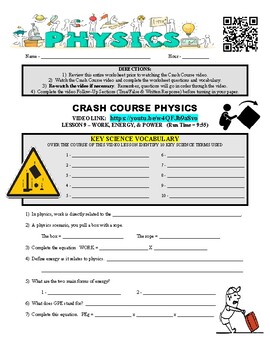

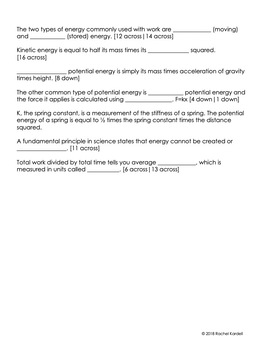


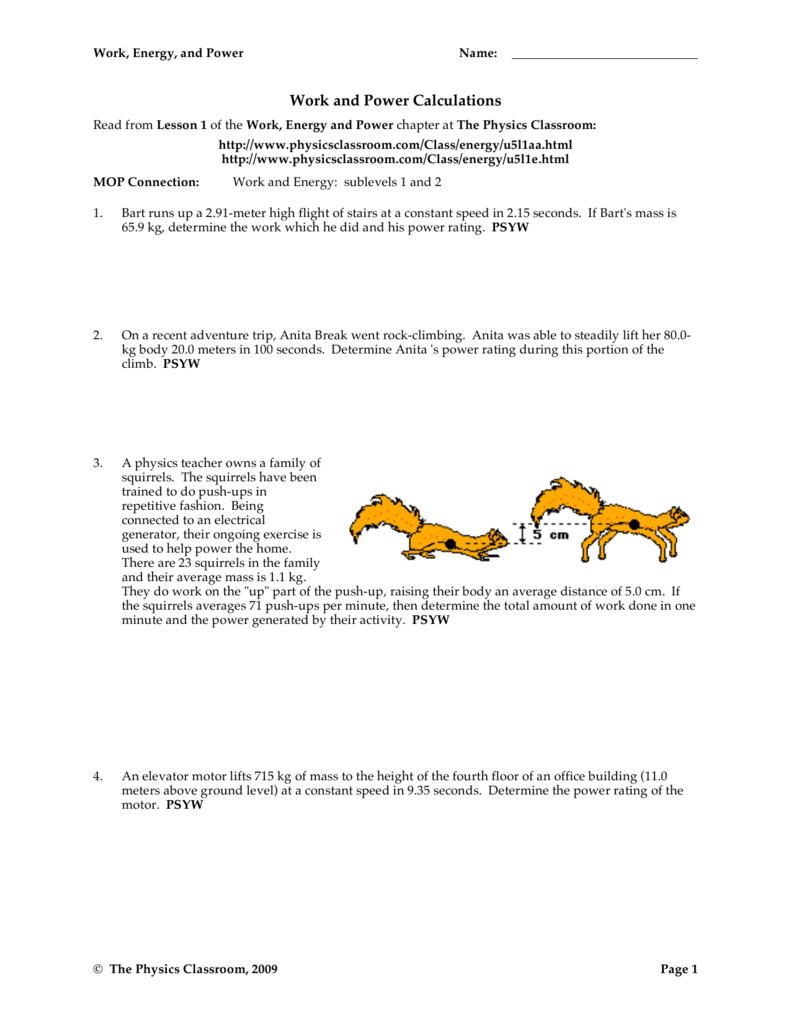

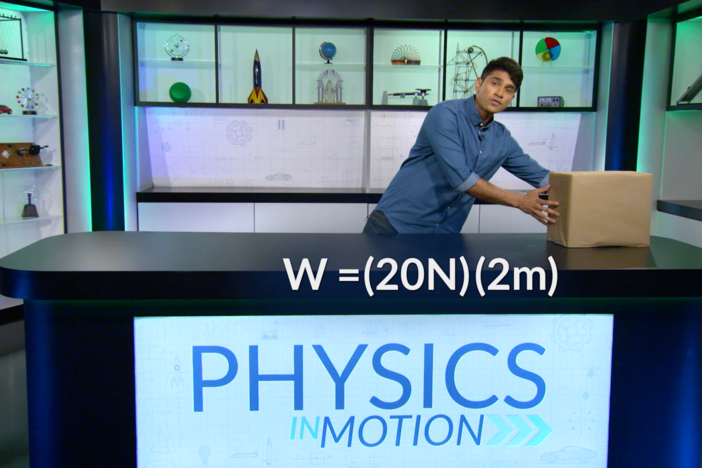
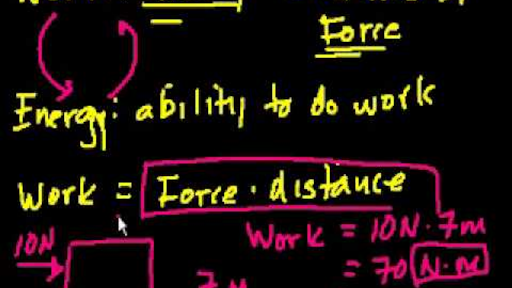



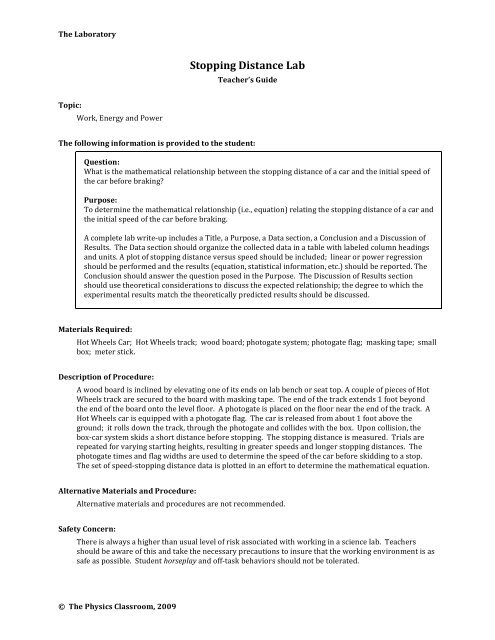



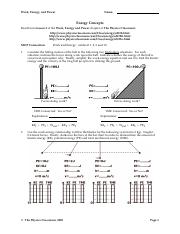

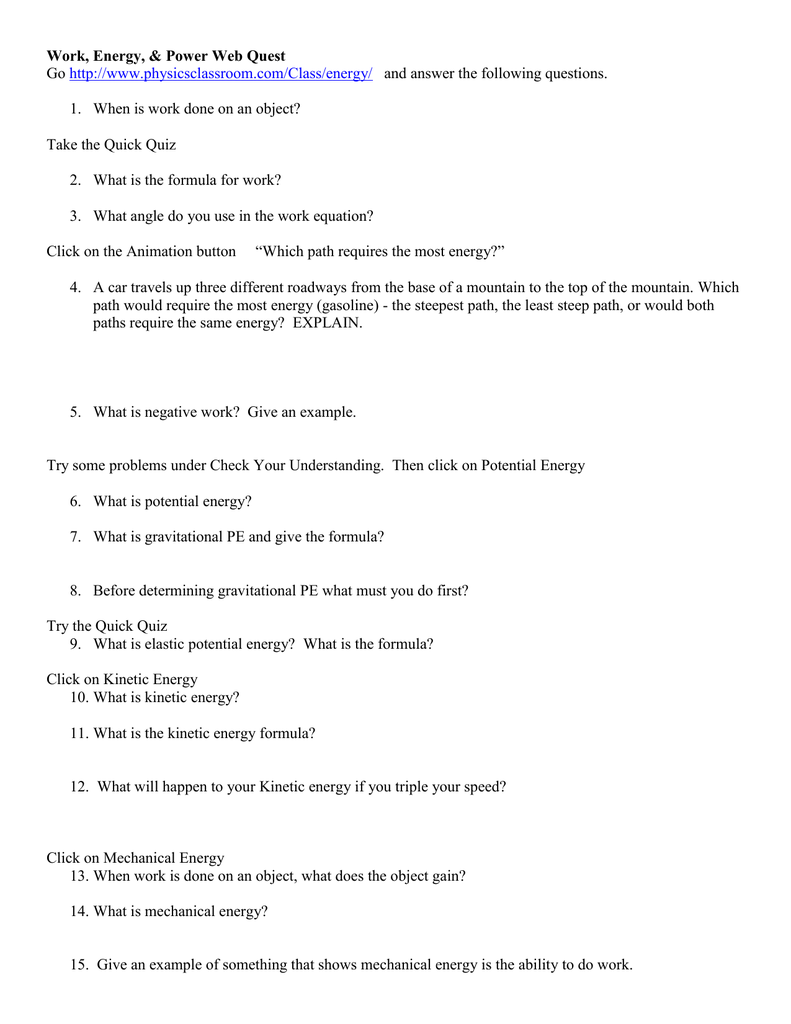
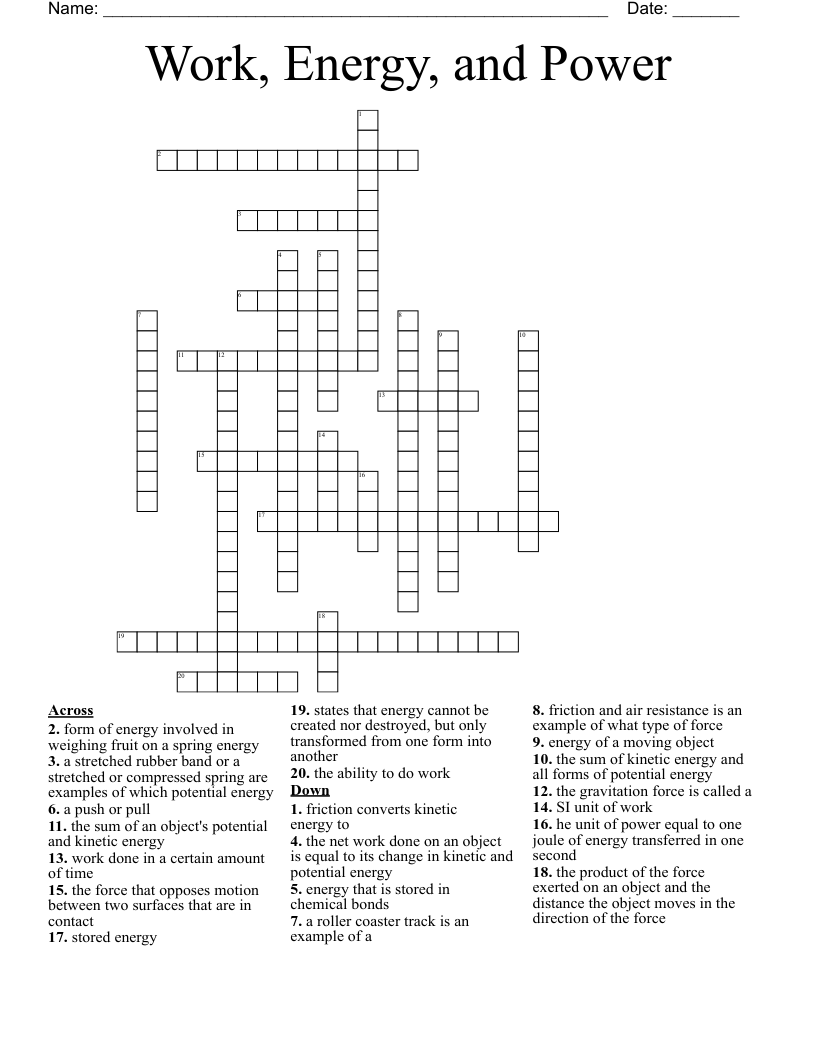

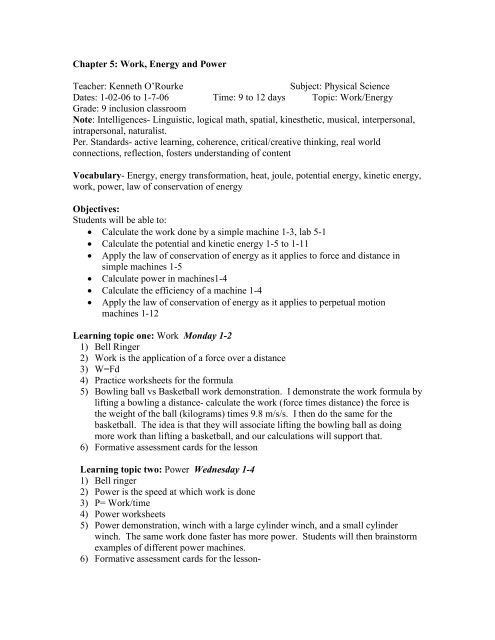



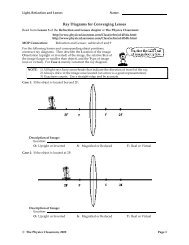
0 Response to "44 physics classroom work energy and power worksheet answers"
Post a Comment